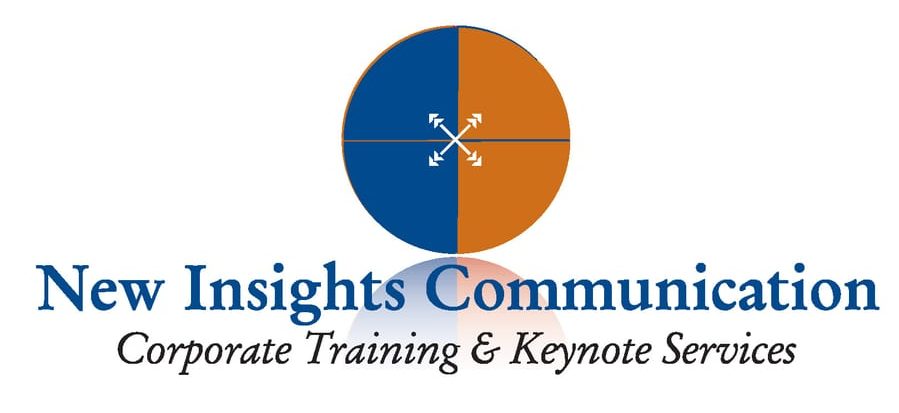Talk can be cheap in the workplace, meaning it can be filled to the brim with lofty promises but running-on-empty when it comes to solving problems through positive actions. So this team player discusses the rhetorical talk…talk…talk…talk in the workplace that irritates her and threatens to “pop my happiness bubble.”
Dear Dennis,
I get so frustrated with all the talk, talk, talk, talk from people who really say nothing at all. Words have meaning! Words have life! Words mean something to me. It is so distasteful to me when people use words so carelessly. They talk about change, self-empowerment, self-improvement…yes, they use all the right words but their heart and behavior is in conflict with their talk, talk, talk.
Now I understand how words are used to hide the fact many people do not know what they are talking about and it’s just a cover for their insecurities. (I feel like I’ve developed x-ray hearing because my ears hear the real truth behind the words. Make any sense?)
I am even less impressed when listening to speakers who talk about change or use elegant words to teach or explain worthy ways to do business, communicate with co-workers and they can’t even muster the true enthusiasm for the subject, which telegraphs with their body language they live what they believe. Simply said I’m not buying what they are selling.
To be honest, I get so tired living in this talk, talk, talk work environment everyday. The talk, talk, talk rains down on me and I feel like the talkers are trying to pop my happiness bubble. Where can I find an umbrella designed to keep myself dry in a down pour of “rain talk”??
Thanks for allowing me to vent.
Rain Woman
Hi Rain Woman: Being in charge of your own mind isn’t “venting.” “Venting is venting” and is a type of miscommunication that typically involves “mind control.” Also, you are describing Instigator communicators (I-types) who talk about “observations” (cherished ideas) that Empathizer communicators then “interpret” to mean real-world “actions.” Keep measuring what actually is done alongside what is promised, but isn’t done. Then put up your umbrella to stay dry and happy today!
“Talk IT Out” with Dr. Dennis O’Grady who is a communications psychologist from Dayton, Ohio, and the author of No Hard Feelings, Taking the Fear out of Changing and TALK TO ME: Communication moves to get along with anyone.
